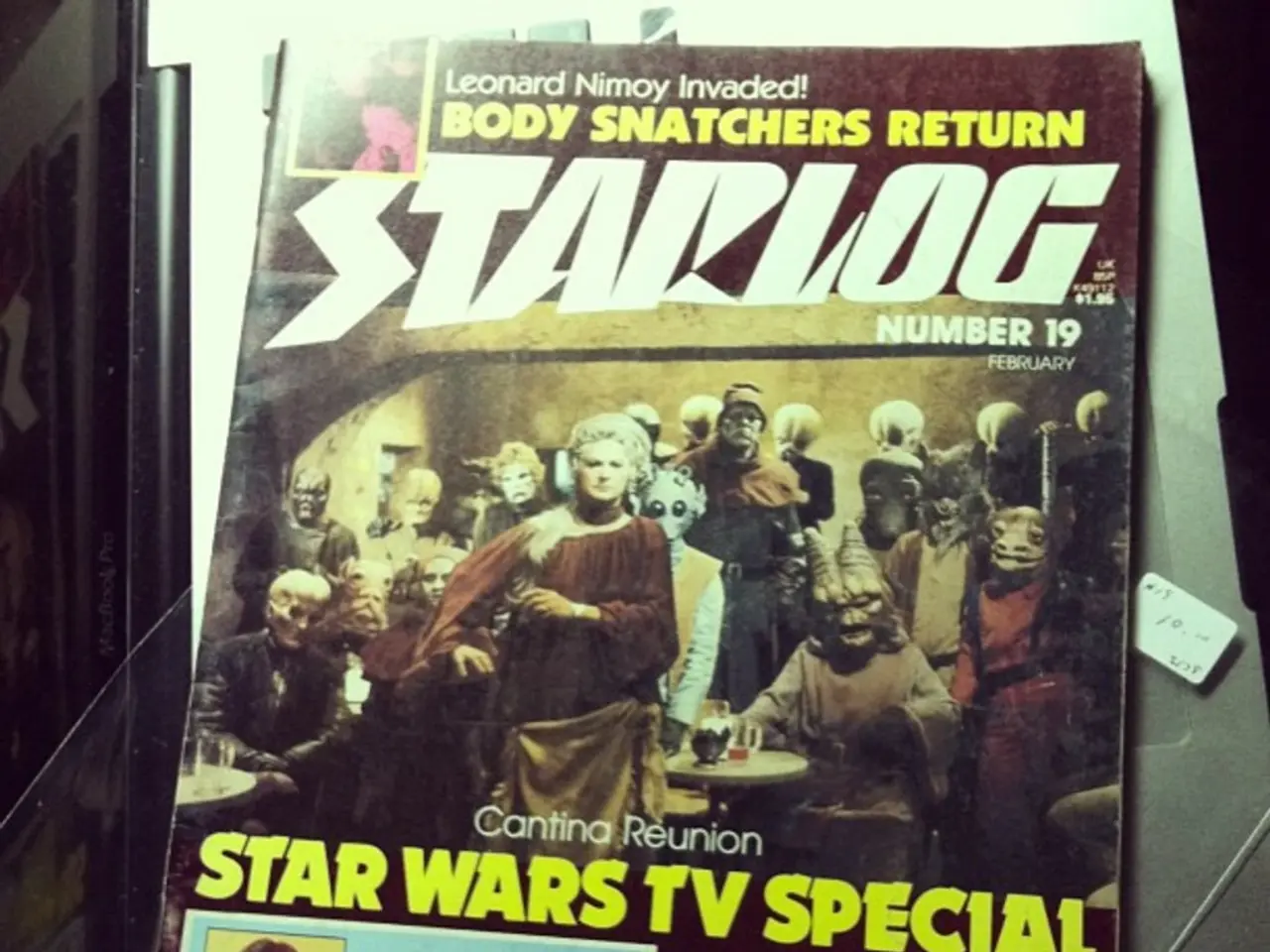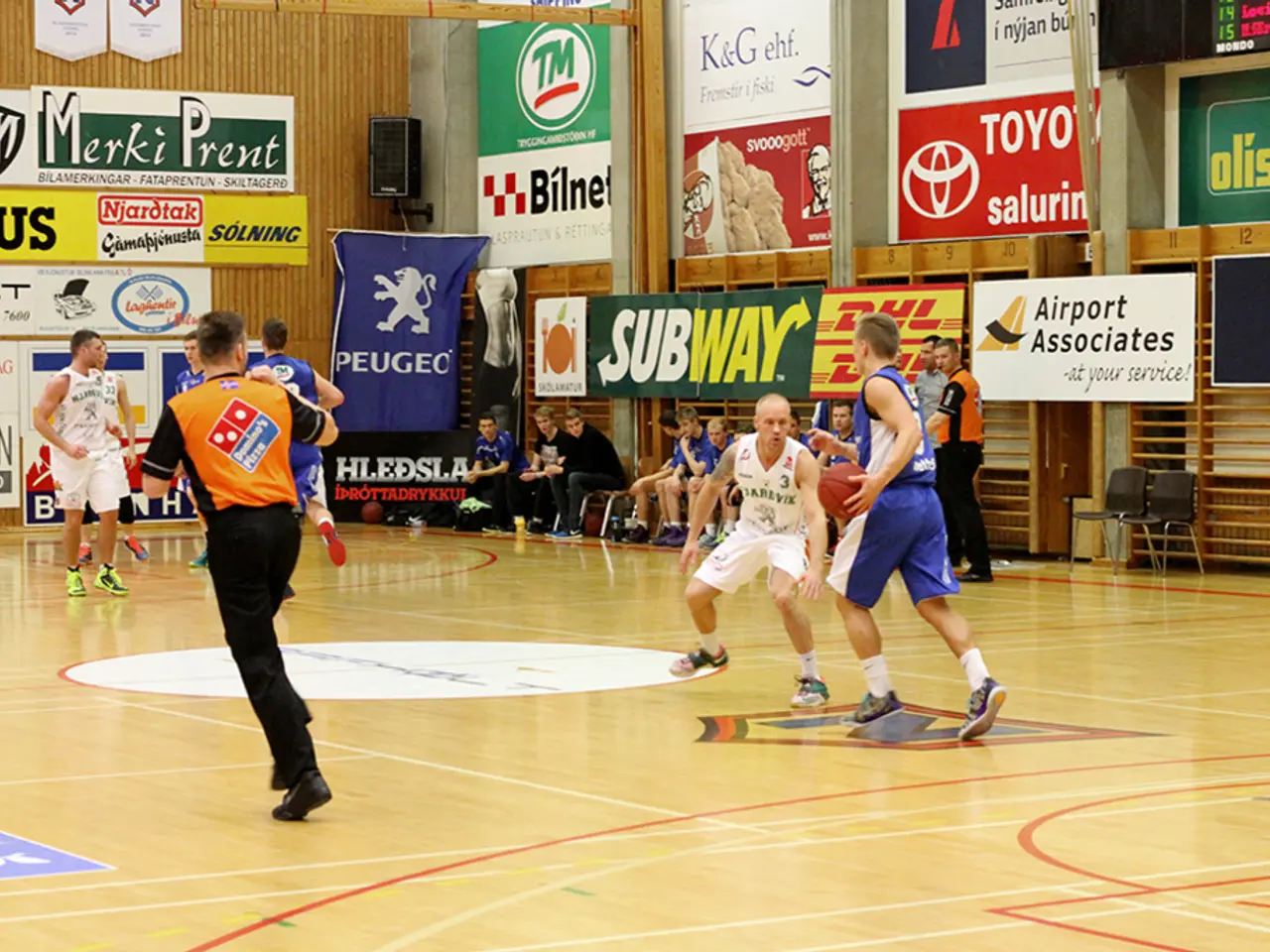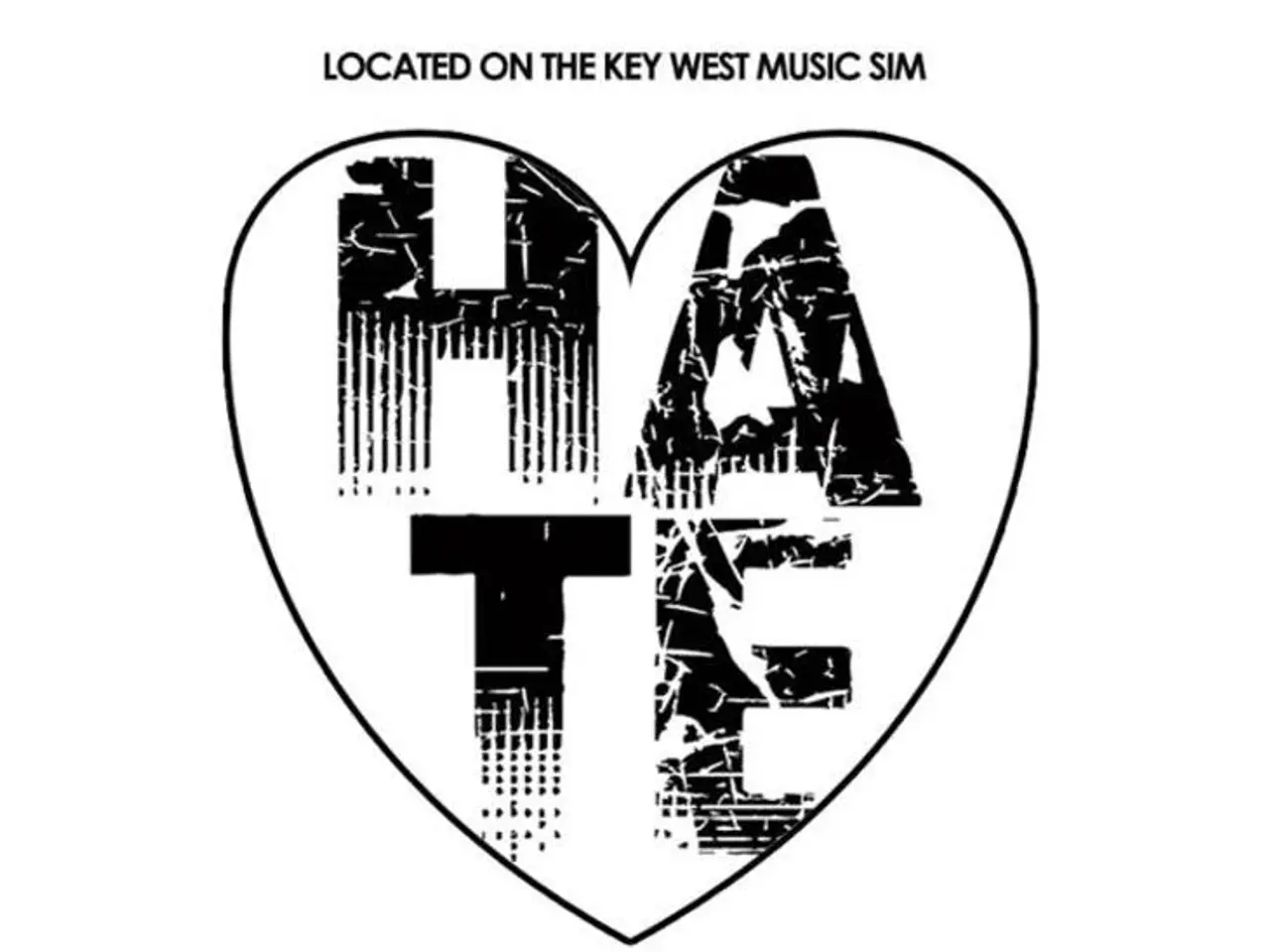Thirty-three Propaganda Posters from America's Relatively Recent History, Revealing their Haunting Historical Context
In a gallery, the chilling reminders of America's not-so-distant past are showcased – propaganda posters and political flyers that have left an indelible mark on the nation's history. From the Red Scare to World War II, these materials have played a significant role in shaping public opinion, often stoking fear about different political movements or ideologies.
During the Red Scare, fear-mongering about the spread of communism was used in political flyers to achieve desired outcomes. The Ku Klux Klan (KKK), revitalized after the release of D.W. Griffith's The Birth of a Nation, also utilized such materials to promote white supremacist ideology and increase membership.
KKK flyers and posters featured starkly racist imagery, reinforcing harmful stereotypes such as the "brute" or "coon" images common during the Jim Crow era. These forms of anti-Black propaganda persisted well into the 20th century.
The German American Bund, sympathetic to Nazi ideology in the 1930s, also produced propaganda, holding rallies sporting Nazi insignia and conducting activities endorsing white supremacy, antisemitism, and xenophobia. Their posters and speeches denounced Jewish-American groups, communism, and the Roosevelt administration, spreading anti-Semitic and anti-democratic messages.
World War II saw a ramp-up in propaganda, including racial caricatures, particularly against the Japanese. This xenophobic imagery raised ethical concerns about manipulation and racism in the materials produced.
More recent xenophobic political messaging has emerged, such as contemporary attacks on immigrant communities. For instance, Republican candidates have targeted Somali-American lawmakers with insinuations about their loyalty and immigration status, fuelling fear and division in communities.
Countering this negative propaganda, public art projects like murals celebrating Muslim communities and promoting solidarity aim to address Islamophobic and racist propaganda.
The casual use of racism in depictions of Black people was common during the Jim Crow era, with Black caricatures, including blackface, appearing in propaganda posters, pamphlets, and cartoons.
Among the encouraging and patriotic wartime propaganda posters were some darker creations, especially against the Japanese. U.S. President Franklin D. Roosevelt's Executive Order 9066, signed in 1942, forced any "enemy aliens" to be removed from ill-defined military areas. Japanese Americans were targeted the most often under this order, despite German Americans and Italian Americans also being impacted.
Anti-suffrage political cartoons depicted women doing tasks associated with men to mock them, or depicted women who supported suffrage as monsters. Despite these efforts, women eventually gained the right to vote with the passage of the 19th Amendment in 1920.
Iconic American propaganda pieces from World War II include the "I Want You For U.S. Army" poster and the "We Can Do It!" Rosie the Riveter poster. However, alongside these encouraging symbols, there were also propaganda materials that stoked fears about introducing more restrictive gun legislation, spreading anxiety that the government would take away guns from law-abiding citizens.
The Mothers' Crusade for Victory Over Communism also created flyers implying that supporting them would prevent communists from killing Americans. The Jim Crow Museum has exhibits and online collections addressing the casual use of racism in these depictions of Black people.
In summary, modern American history features propaganda posters that explicitly targeted Black Americans through racist caricatures, celebrated white supremacist ideologies by groups such as the KKK and German American Bund, and wartime propaganda employing racial stereotypes. Contemporary xenophobic politics continue this legacy by using fear-based messaging against immigrant communities. Public art projects and museums, however, aim to counter this negative propaganda by promoting understanding, solidarity, and equality.
[1] https://www.jimcrowmuseum.org/ [2] https://www.history.com/news/german-american-bund-1930s-nazi-sympathizers [3] https://www.pbs.org/wnet/american-propaganda/ [4] https://www.washingtonpost.com/politics/2016/10/11/somali-american-lawmakers-targeted-with-anti-muslim-posters-in-minnesota/ [5] https://www.npr.org/2017/09/15/551784512/murals-celebrating-muslim-communities-pop-up-in-minnesota-amid-anti-islam-fears
- The unsettling remnants of America's past are visually demonstrated in a gallery, consisting of political propaganda and flyers that have indelibly marked the nation's history, shaping public opinion through fear and ideological division.
- Propaganda materials throughout history, such as those produced by the KKK and German American Bund, have prominently featured racist imagery and xenophobic messages, reinforcing harmful stereotypes against marginalized groups like Black Americans and Japanese-Americans.
- In recent decades, political messaging against immigrant communities has emerged, as evidenced by changes in social media discourse and directional attacks on specific lawmakers, perpetuating fear and division among communities.
- Public art projects and museums, like those showcased online at the Jim Crow Museum and in physical locations across Minnesota, counteract this negative propaganda by promoting an understanding and celebration of diverse cultures, promoting solidarity and initiatives against racism and xenophobia in society.







